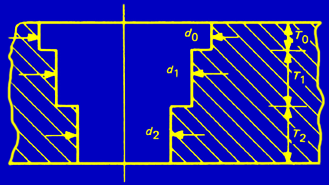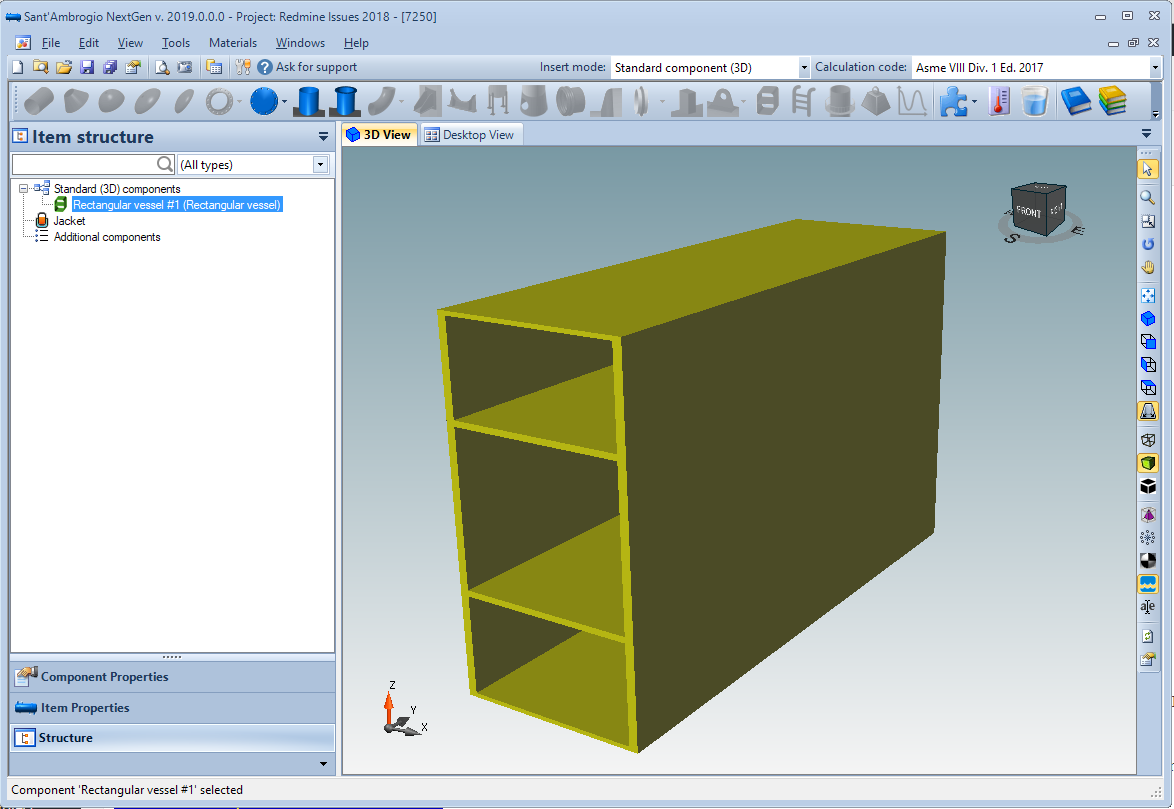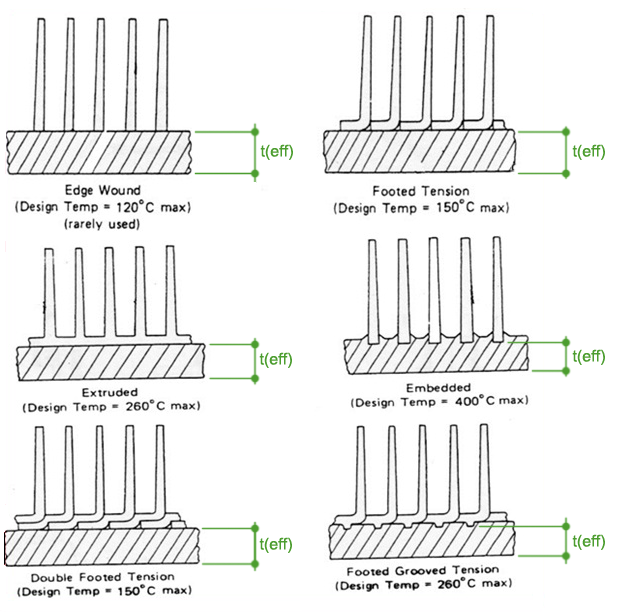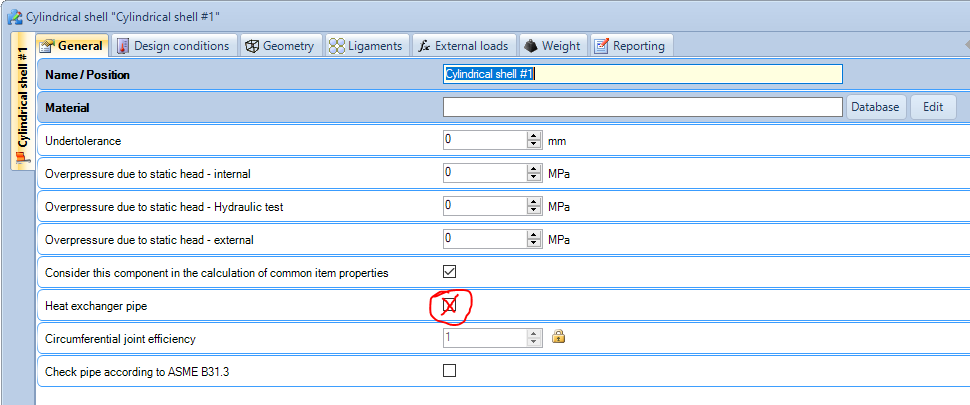How to design an air cooler heat exchanger with NextGen
The design of this type of equipment consists of two parts. In the first phase, a rectangular vessel must be defined in the 3D model by setting the geometric dimensions of the shell and the hole pattern.
In the second phase, if applicable, it is possible to perform a thickness check of the finned heat‐exchanger tubes.
Once a new Item of type Vessel has been created, select the icon for inserting a rectangular vessel from the top menu:
Next, set the vessel geometry. The supported configurations are:
- Unreinforced vessels (ASME VIII Div.1, EN13445, AD2000)
- Vessels reinforced internally with baffles (ASME VIII Div. 1)
- Vessels reinforced externally (EN13445)
In the following example, a vessel with internal baffles will be created in Division 1, according to Sketch 8 of Appendix 13.2(a). The top/bottom plate (D) has no holes. The side plate (A) features multi‐diameter holes, and its geometry is therefore defined as follows:
The calculation for this type of shell is based on the size of the largest internal compartment. Therefore, the “h” height of the largest compartment has been defined. It is possible to unlock the Total internal height of a multi‐compartment vessel field to set the internal height. Compartments that are not relevant for the calculation will be drawn with equal size.
From the input, it can be seen that the hole pattern consists of 5 rows of holes, with a 50 × 50 mm square pitch. The next definition concerns the multi‐diameter holes. An example of these holes is provided in the following image:
The holes change diameter at various depths. The program asks how many diameter changes are present and requests the diameter and depth for each. Naturally, the sum of the depths must equal the plate thickness.
Once the input is complete, the component is validated and rendered:
The finned tubes of air coolers must be checked like standard pressure tubes, taking into account their effective thickness. The following image shows the most common fin configurations and the dimensions for determining the effective thickness:
With this thickness in mind, you can then create an additional component (see this guide for creating additional components) of type Cylinder. For calculation codes that support it, set the cylinder as a heat‐exchanger tube:





